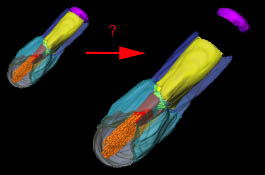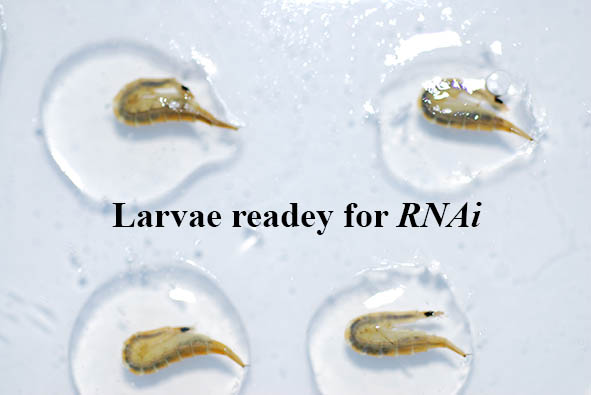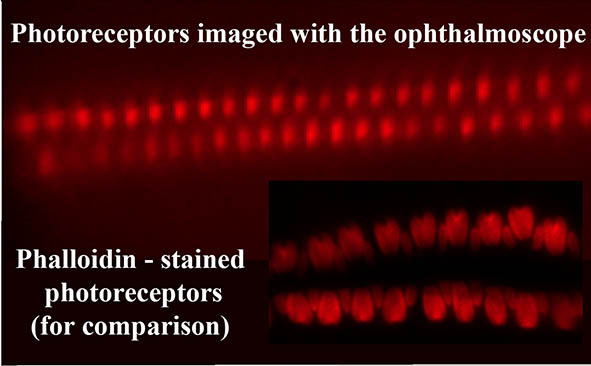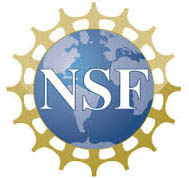
One of the most important features of any image-forming eye is its ability to focus correctly, which relies on the tight coordination between the optical properties of the lens and the spacing between the lens and retina. In vertebrates, it is known that this coordination involves a combination of developmental programs and neural feedback in the form of visual input. However, while there has been ample research into how vertebrate systems coordinate eye growth to gain proper focus, very little is known in that regards in invertebrates.

There are many arthropods that have image-forming eyes, and some of them need to grow in a step-wise manner to accommodate transitions between different instars. For example, we have established that the larval eyes of Thermonectus grow rapidly and dramatically at the transition between the second and third larval stage. Interestingly the eye tubes grow almost instantaneously, whereas the lens needs approximately 8 hours to shift its focus (see Werner and Buschbeck, 2015).
However it remains unclear how precisely an invertebrate lens can focus images immediately after such a dramatic transition. Are they short-sighted, far-sighted or do they get it just right? To address this key question it is necessary to give these small insects a vision test, which is not exactly a very easy task. So we are very excited that we were able to build a micro-ophthalmoscope that does exactly that. If you want to know more about how this works, please check out our Stowasser et al (2017) paper.

A key project that relates to this question involves the use of RNAi knockdowns of a key lens protein. So far we have established that the lenses of these larval eyes consist of 10 major lens proteins – some expressed ubiquitously in corneagenous cells and others located to a subset of these cells (Stahl et al 2017). One of the proteins (TM-lens3) is particularly abundant in the lens, and therefore we expect that knocking it out will result in a change of focal length of the respective lens. The question then becomes, does such a change in lens focal length necessarily result in a refractive error (short- or farsightedness) of the eyes, or is eye development capable of compensating for such alterations? To address this question we use our micro-ophthalmoscope to measure refractive errors, and then measure the optical prosperities of isolated lenses, for both RNAi- injected and control larvae.

It has been demonstrated for many vertebrates that eyes use visual input itself to help them to focus better. But is that also the case for arthropod eyes? To the best of our knowledge this important question has not yet been addressed, but we have started to give vision tests to diving beetle larvae that recently molted either under normal conditions, or in complete darkness. We are also giving vision tests to spiderlings and flies that developed either one of these different light conditions. Stay tuned for the results of these exciting experiments.
Lab members primarily associated with these projects: Annette Stowasser (former post-doc and ongoing collaborator), Jenni Hassert, Madeline Owens.

Parts of this project are funded by the National Science Foundation under Grant IOS- 1456757 to Dr. Elke Buschbeck with Co-PI Dr. Tiffany Cook. Additional funding is currently pending.
